class ii malocclusion dog
Class 3 malocclusion called prognathism or underbite occurs when the lower jaw protrudes or. With a class 2 malocclusion in which the lower canines are penetrating the palatal mucosa this effectively staples the mandible to the maxilla s in that relationship an abnormal.

Malocclusion In Dogs And Cats The Veterinary Nurse
A review of studies investigating the rates of Class I II and III malocclusions found the following.
. Treatment options vary for each type of malocclusion. Mandibular distocclusion Overbite class 2 malocclusion. There are certain clinical indications where functional appliances can be used successfully in Class II malocclusion as in a growing patient.
This often results in mandibular canine. Class 2 malocclusion called retrognathism or overbite occurs when the upper jaw and teeth severely overlap the bottom jaw and teeth. Mandibular distoclusion Class 2 malocclusion.
They are designated Mal 1 Mal 2 and Mal 3. As with Class II malocclusions this can happen unilaterally or bilaterally. They are numbered one through three with a fourth group that does not fit the first three.
What is Class 2 malocclusion dog. Class I is a normal relationship. Malocclusions are divided into 4 different classes.
Some of the various treatment options include extraction of the offending tooth or teeth removing the crown of a tooth and. Malocclusions are classified based on the dental relationships. The mandible resides distal caudal to its normal location in relation to the maxilla Photo 5.
Hoboken New Jersey Wiley-Blackwell 2019441-437. In using these appliances the main concern is. The lower jaw mandible is too short.
This malocclusion is considered normal in brachycephalic breeds. We routinely see patients with class two and three malocclusions that have painful bites. In this form of malocclusion one side.
Distribution of Class II. Occlusion and orthodontic. We refer to this as traumatic occlusion.
Class II malocclusion is considered the most frequent problem presenting in the orthodontic practice affecting 37 of school children in Europe and occurring in 33 of all orthodontic patients in the USA1 Class II malocclusion may also involve craniofacial discrepancies which can be adjusted when patients are adolescent. The bite is normal but the upper teeth slightly overlap the lower teeth. Maxillary Canine Tooth Extraction for Class 2 Malocclusion in a Dog Malocclusion in dogs is commonly diagnosed in puppies when the primary dentition is present.
Class 1 malocclusion is the most common. Distribution of Class I malocclusions. Class I Malocclusion A Class I malocclusion takes place when one or more teeth are in an abnormal position but the maxilla.

Advances In Management Of Class Ii Malocclusions Intechopen

Thermoplastic Inclined Plane Aligner For Correction Of Bilateral Mandibular Canine Tooth Distoclusion In A Cat Semantic Scholar
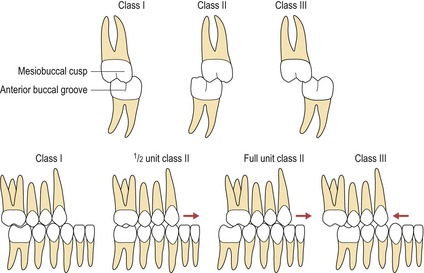
Occlusion And Malocclusion Pocket Dentistry

Read This Dentistry Article By Katie Rankin Bs Rvt

Pediatric Dentistry Mspca Angell
Dental Malocclusion In Dogs Vetlexicon Canis From Vetlexicon Definitive Veterinary Intelligence

Defining Dental Malocclusions In Dogs Is The First Step Toward Treatment

Malocclusion In Cats And Dogs Perry 2017 In Practice Wiley Online Library
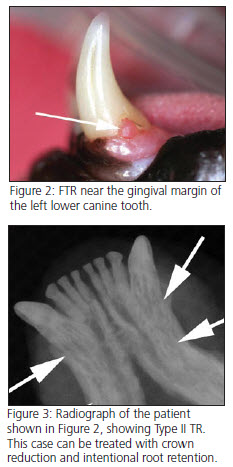
Treatment Options For Base Narrow Mandibular Canine Teeth Part 1 Montana Pet Dentistry Oral Surgery
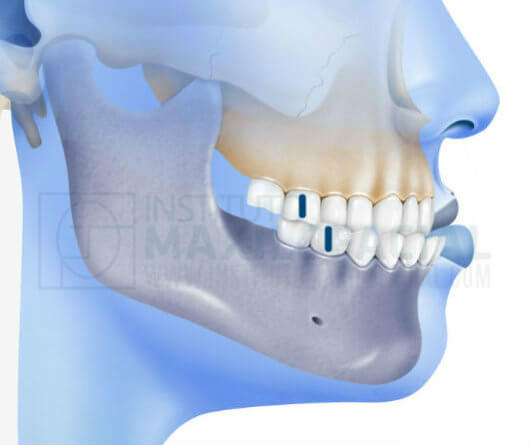
What Is A Class I Class Ii Or Class Iii Bite Instituto Maxilofacial
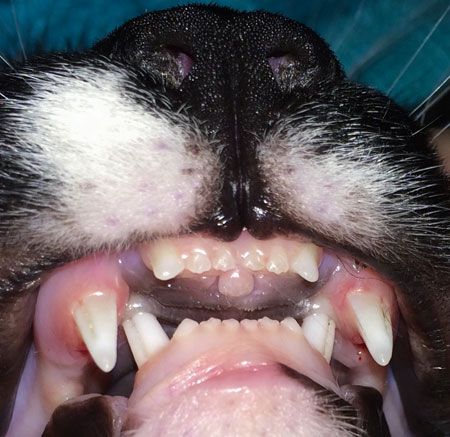
The Abcs Of Veterinary Dentistry M Is For Malposition And Malocclusion
Teeth Class Ii Malocclusion 01 Illustration Dogs Vetlexicon Canis From Vetlexicon Definitive Veterinary Intelligence

Malocclusion In Dogs And Cats The Veterinary Nurse
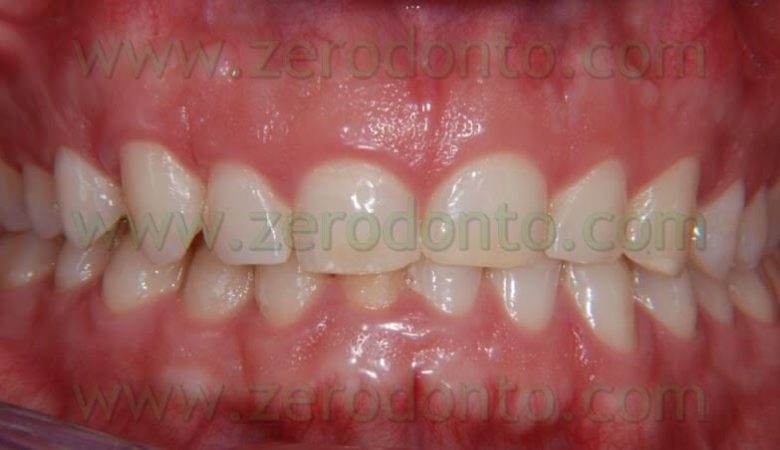
A First Class Malocclusion Characterized By Deep Bite And The Upper Right Impacted Canine Dr Anna Mariniello Dr Fabio Cozzolino Zerodonto
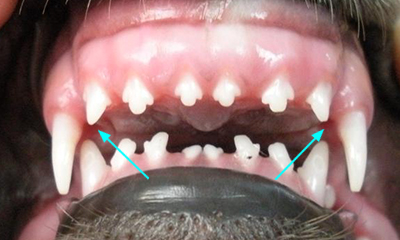
Overbite Veterinary Dental Center Malocclusion In Pet

Variation In Acrylic Inclined Plane Application Semantic Scholar

Defining Dental Malocclusions In Dogs Is The First Step Toward Treatment
Puppy Dental Malocclusion Deciduous Mandibular Canine And Incisor Teeth Extraction And Permanent Canine Teeth Crown Extensions The Australian Veterinarian Magazine

A Modified Orthodontic Protocol For Advanced Periodontal Disease In Class Ii Division 1 Malocclusion American Journal Of Orthodontics And Dentofacial Orthopedics